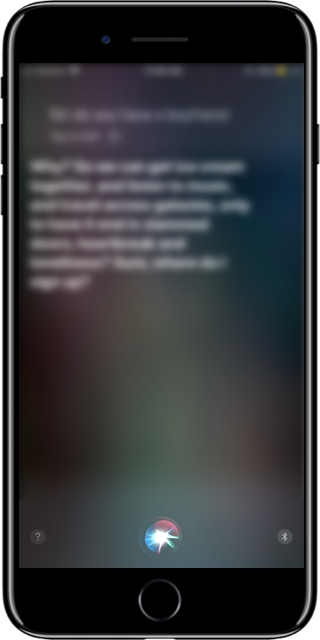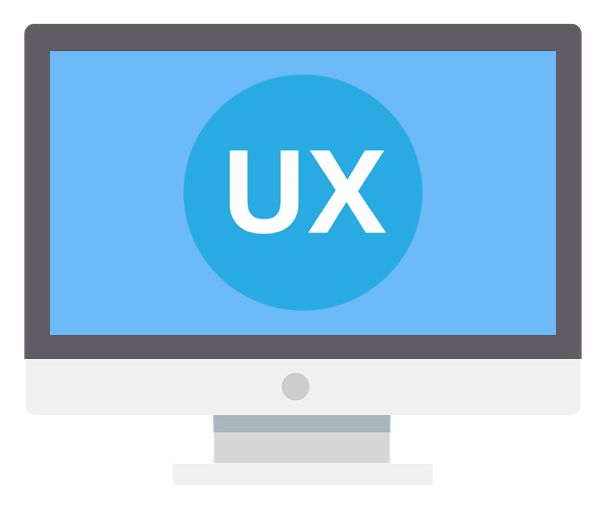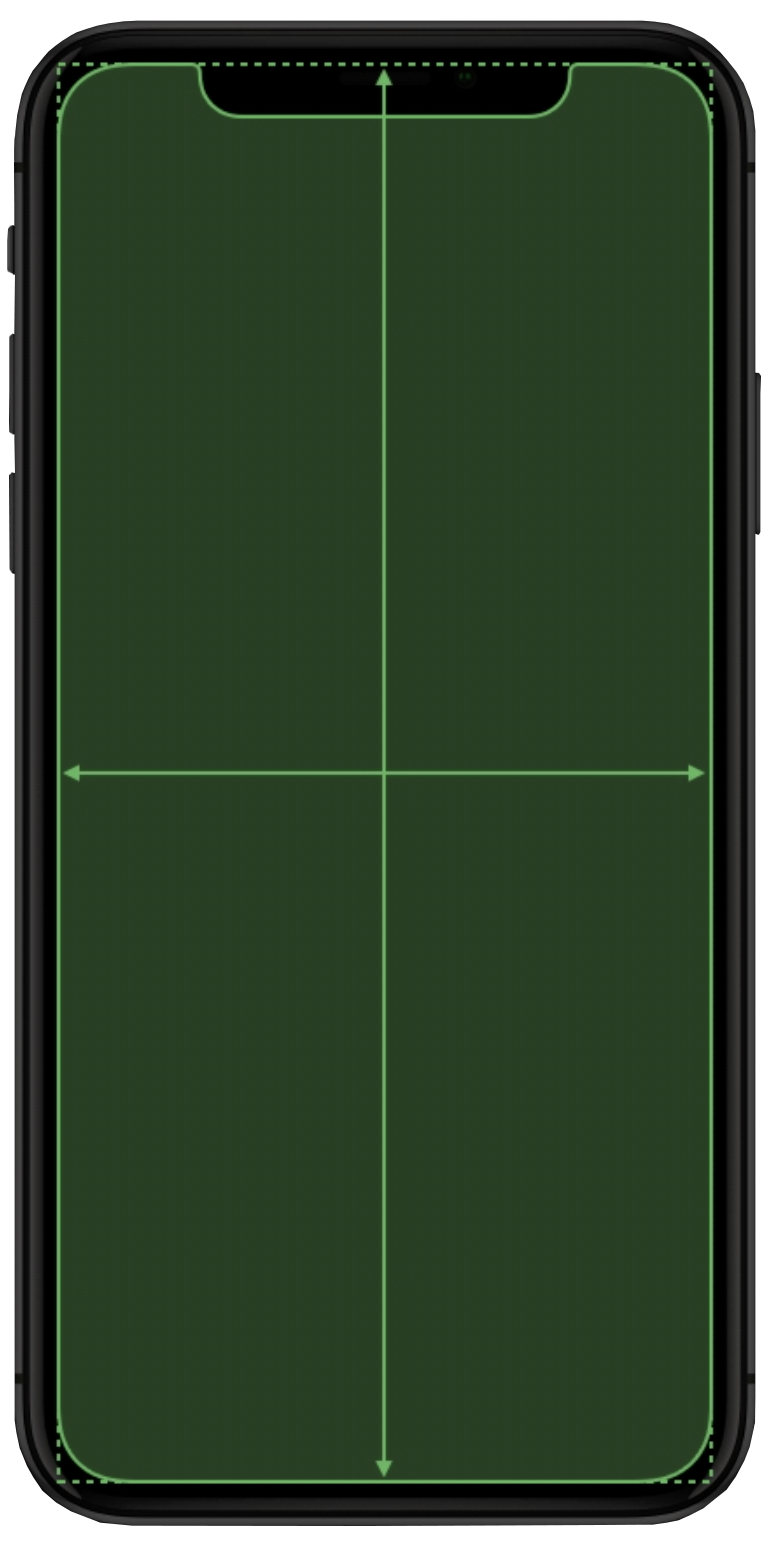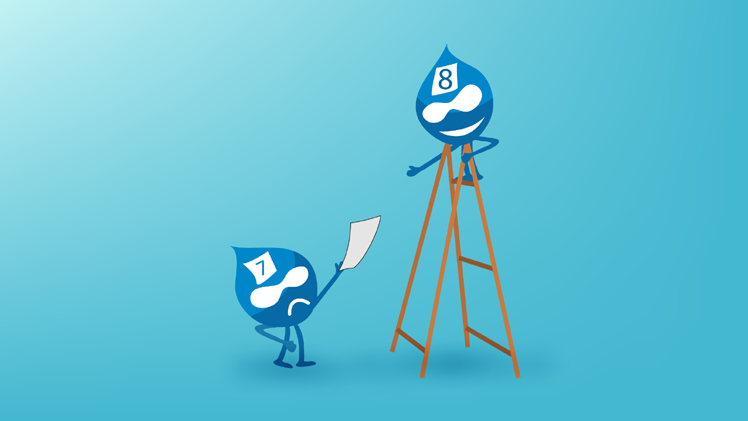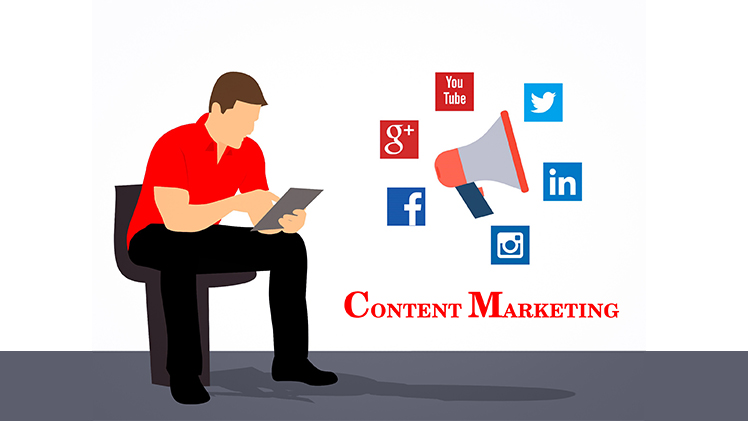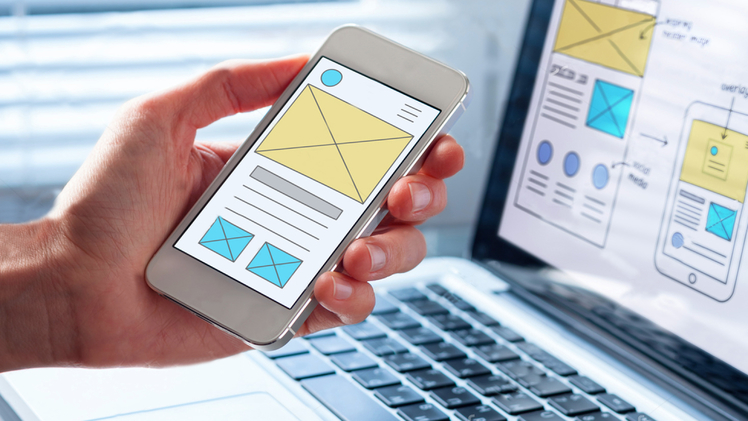
The new talk of the town is creating a massive buzz in the technological industries, and it is none but the latest UX Designs. For those of you who are clueless about it… let me break it down for you. UX stands for User Experience, that is designed to allow customers to interact with digital products. The core target in business is to develop the most user-friendly, simple, and exciting interface for your products to boost customer satisfaction. I’m sure you all are familiar with Siri who answers your questions and performs search activities upon demand. The light humor, efficient results and endearing behavior is what makes customers invest in it. This is only a primary example of UX design. A more advanced and innovative future is foreseen in the years to come. Let’s take a look at some latest UX Designs that are becoming a hit!
[1] Personalization:
I can genuinely say that this initiative is one of my favorites because we can finally have tailor-made experiences that are unique to us, rather than the same standard experience throughout the world. This makes customer’s feel like each piece of technology is their own. It is achieved by generating personalized data and advancing in AI and machine learning, to create systems that modify the user experience according to the user itself.
[2] Full-screen experiences:
The most recent inspiration is the frameless design that the iPhone X brought to attention. The idea is to have a wide-screen view on your device by eliminating the borderline for an enhanced viewing experience. Of course, this design comes hand in hand with the quality of videos and images. Who wants a wide-screen view of pixilated videos, right? So, HD videos and images are ensured to make this design possible.
[3] Augmented Reality or Virtual Reality:
AR and VR are slowly but surely becoming a reality. Thanks to higher quality displays, faster processors, and better cameras. Or more specifically, thanks to Facebook, Google, Apple and Microsoft for their efforts. AR and VR will allow us to see the world in a different perspective and go beyond immeasurable lengths. Whether you want to see yourself basking in the sun in Hawaii or have Hawaii come right to you is all made possible with AR and VR. It is the epitome of virtual user experience.
[4] Minimalism:
One of the most popular trends now is minimalism, so as to focus more on the content. By assembling simple designs for phones or smart devices, users will cease to be distracted by the outer look and focus more on the inner content. The designers mostly concentrate on the visual features like whitespace: avoiding congestion of content and keeping more space between them and, functional minimalism: narrowing the number of elements and keeping only the essentials to create a much cleaner design.
[5] Navigation features:
A very crucial element in designing UX is the navigation features. If the users don’t know how to get from one place to the other when using technology, it will frustrate them to the point that of not wanting to use it anymore. There are lots of customers who aren’t as tech-savvy as the rest, but they still want in on this new craze. So, it is vital to consider them and create simple-to-use UX designs. Users navigate through an interface with clear buttons, tabs, menus, links, etc. Layouts and transitions are comprised of these and are made for seamless navigation. The core feature of navigation is a Menu. It displays the different options to interact with interfaces which are represented by icons. Side menus and drop-down menus are becoming common to make it easier for users to switch through apps/tabs. Even though technology becomes more advanced, the simplicity remains ideal.

